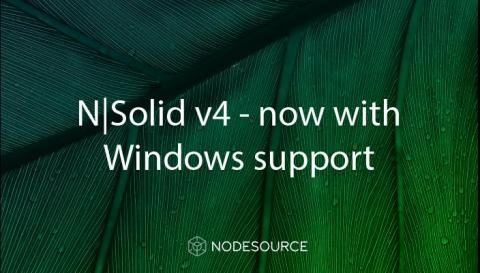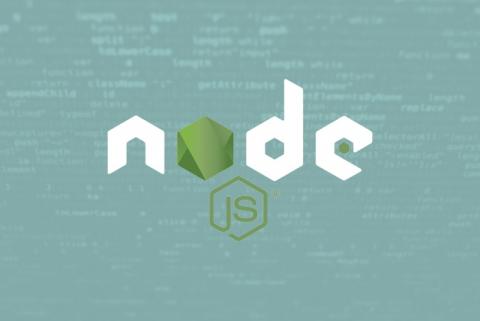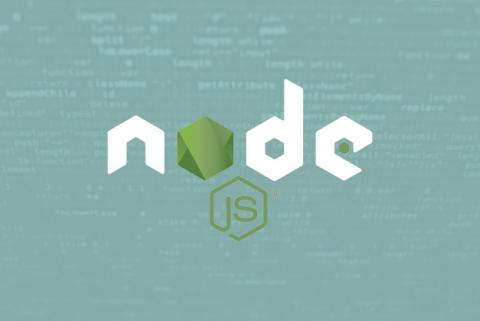Node.js Resiliency Concepts: Recovery and Self-Healing
In an ideal world where we reached 100% test coverage, our error handling was flawless, and all our failures were handled gracefully — in a world where all our systems reached perfection, we wouldn’t be having this discussion. Yet, here we are. Earth, 2020. By the time you read this sentence, somebody’s server failed in production. A moment of silence for the processes we lost.









